Beginners Guide To Oolong Tea
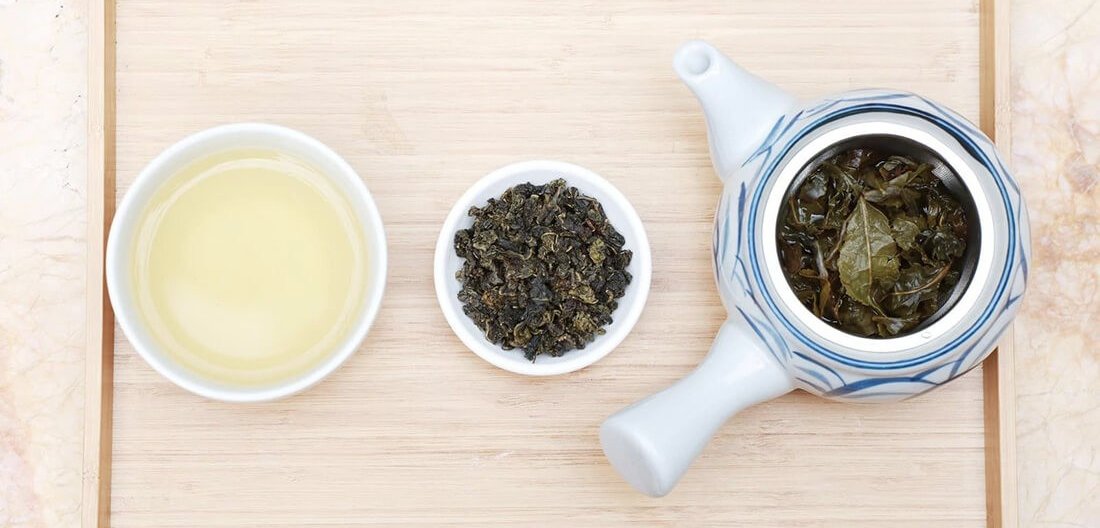
Have you ever tried a cup of Oolong Tea? Oolongs are a curious type of tea, carefully balancing somewhere between a green and a black tea. A hybrid of sorts, this category of teas incorporates the best of both worlds to create something unique and wonderfully complex. Many tea connoisseurs appreciate the intricate flavours and aromas of oolong teas, but if you’ve never had a chance to try them, we’ve put together this guide to introduce you to the mystical world of oolong teas.
What is an oolong tea?
Its name comes from the Chinese words ‘Wu Long’ or ‘Black Dragon’, a term still used today for this increasingly popular class of teas.
A key manufacturing process used to create the different types of teas is oxidation. In most basic terms, it is a chemical reaction involving enzymes present in the fresh tea leaves and oxygen in the air, which results in ‘browning’ of the leaves and the production of flavour and aroma compounds.
So, on one hand you have black tea, fully oxidised with dark leaves and rich malty flavours, and on the other there is green tea, completely unoxidised with leaves retaining their original green colour and full of fresh, vegetal notes.
Green Oolong vs Dark Oolong
What makes oolong teas special is that they are partially oxidised, placing them neatly between green and black teas. Depending on the level of oxidation, they can be divided into two main categories – green oolongs (10-30% oxidation) with a lighter body and fragrant floral notes, and dark oolongs (40-80%), with more complex fruity and woody flavours.
Where is oolong tea from?
Oolong tea was most likely first created in the 16th century in the Fujian Province of China. Nowadays, this class of tea is predominantly produced in Taiwan, formerly known as Formosa, and a couple of coastal provinces in China.
To this day, certain varieties of Taiwanese oolongs are called Formosa, which means “beautiful island” (Ilha Formosa), named so after the Portuguese sailors that first sighted this uncharted island.
What does oolong teas taste like?
The taste really depends on the type of oolong and how oxidised it is.
The less oxidised green oolongs tend to be light and wonderfully refreshing with hardly any of the bitterness typical of green teas. They are very fragrant teas with beautifully dominant floral notes, but also some intriguing herbaceous hints.
Dark oolongs, with their higher levels of oxidations, offer a stronger cup with more body. The flavours here are more complex with fascinating combinations of fruity, woody, earthy, and honey sweet notes.
Does oolong tea contain caffeine?
Yes, like other types of traditional teas made from the Camellia sinensis leaves, oolong also contain caffeine. The amount of caffeine in oolong teas varies, but it is similar to that of green teas, with about 9-63 mg per 8oz cup. In comparison, same sized cup of coffee will normally contain 72-130 mg.
What are the best oolong teas?
There are many different varieties of oolong teas, some of them extremely rare and highly prized like the famous ‘Da Hong Pao’ (Big Red Robe) that can fetch a hefty price of $28,000 for just 20 grams.
Yet, there are also plenty oolong teas that far more accessible to an average tea enthusiast and still considered to be great oolongs. Among them are Bai Hao (Oriental Beauty), Tie Guan Yin (‘Iron Goddess of Mercy’), Iron Monk and various Milk Oolongs.
What are the health benefits of oolong tea?
There is an increasing number of studies into the health benefits of various teas with very encouraging findings. Some of the research shows a correlation between drinking oolong teas and lower “bad” cholesterol levels, which can have a positive impact on our cardiovascular health. Whilst studies have shown that regular tea drinking can reduce the risk of type 2 diabetes.
Other benefits associated with tea drinking include stronger bones, better gut bacteria, lower risk of age-related diseases such as Alzheimer’s disease or Parkinson’s disease and also better dental health due to the natural presence of fluoride in tea leaves.
Oolong tea and weight loss
There have been a few studies that indicate that regular drinking of oolong teas can help with weight loss by increasing metabolism and enhancing fat burning.
One study in particular that involved 102 obese adults, has shown that drinking 8g of oolong tea per day for 6 weeks resulted in a weight decrease of more than 1kg in 70% of the participants.
How to brew the perfect cup?
First of all, we highly recommend choosing to brew loose leaf teas rather than using tea bags. This allows for a better quality of tea leaves, as well as a more rewarding experience and authentic taste.
Traditionally, oolong teas are prepared using a small teapot, larger amount of tea leaves and multiple short infusions. However, you can just as easily brew oolong teas using the Western style with large teapots and longer infusion.
Before you begin, you should warm up your tea ware by pouring hot water into the pot and cups. This will help to keep your tea hot, as oolong teas should never be brewed with boiling hot water. If you’re using one of the rolled types of oolongs, it is also a good idea to rinse the leaves, by pouring enough hot water to cover the leaves and then pour it out immediately. This will help the leaves to unfurl and release their beautiful flavour into the cup.
The water temperature will depend on the type of the oolong you would like to enjoy, with the less oxidised green ones requiring about 80-85 °C water and the more oxidised dark ones better brewed at slightly higher temperatures of 90-95 °C.
For Western style, you will need about 3 grams of tea per every 200ml of water and a brewing time of around 3 minutes. You can then re-brew the leaves another 3-4 times, slightly increasing the brewing time with each infusion.
You can also add some honey, sugar, milk or lemon juice, though most oolongs are best enjoyed plain to fully experience the range of flavours this enticing tea holds within it.
Keen to try?
If you feel like you’re ready to dive into the wonderful world of oolong teas, there are two oolongs that we can recommend:
Milky Oolong – an award-winning green oolong from China with characteristic vanilla and bold milky notes, offering a smooth and creamy infusion.
Formosa Oolong – a dark oolong from Taiwan with wonderful fruity notes interlaced with more earthy, toasty hints and lingering sweetness.







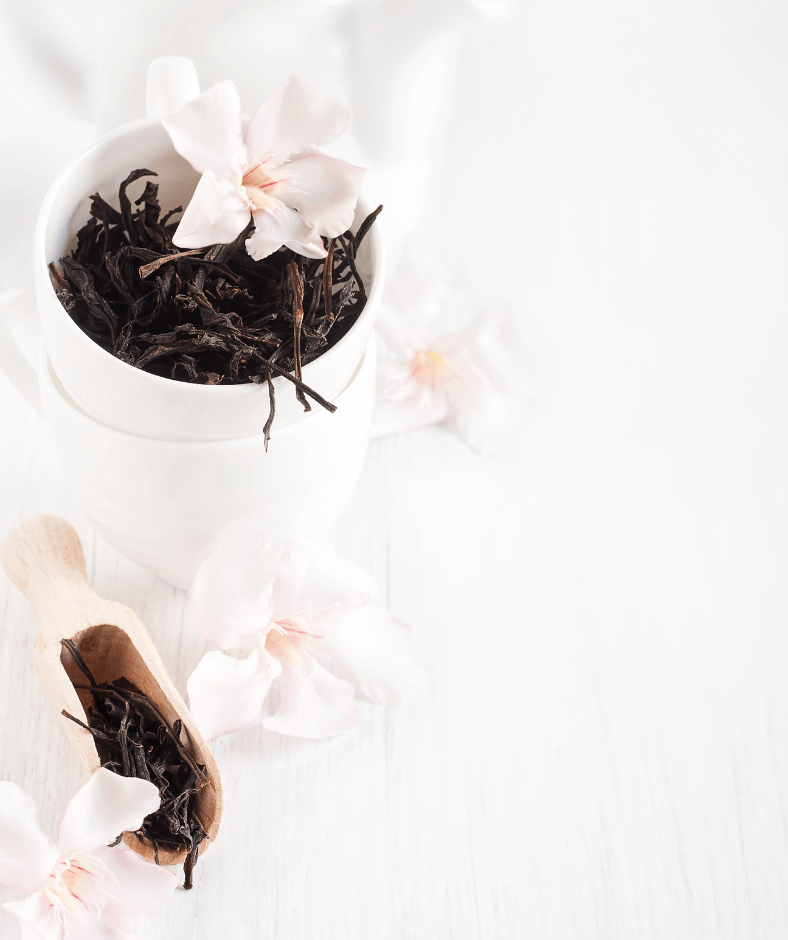
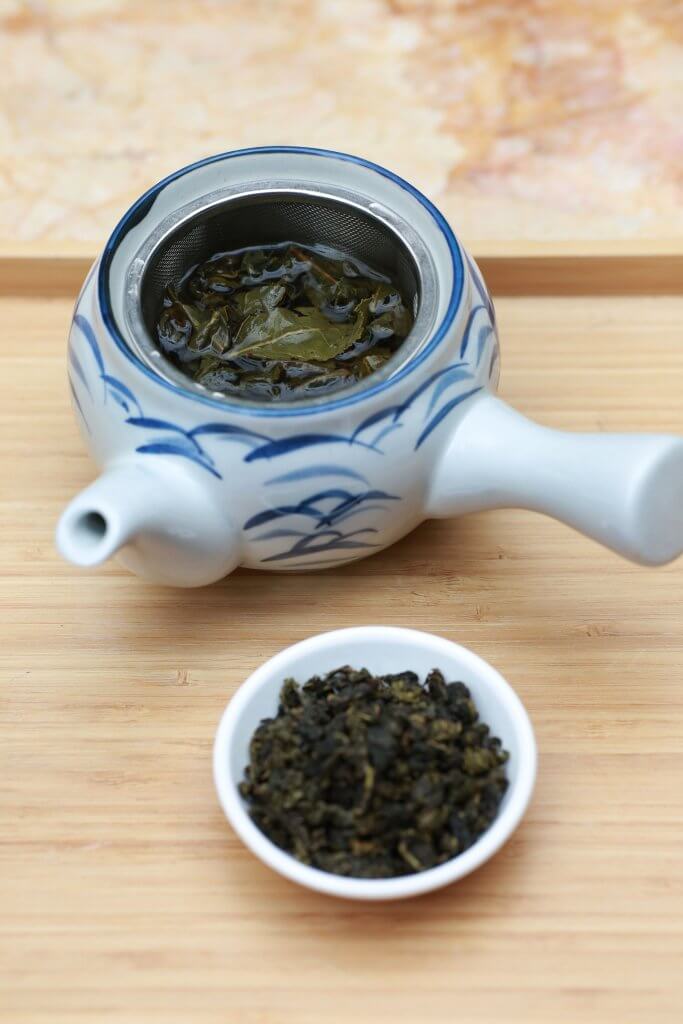
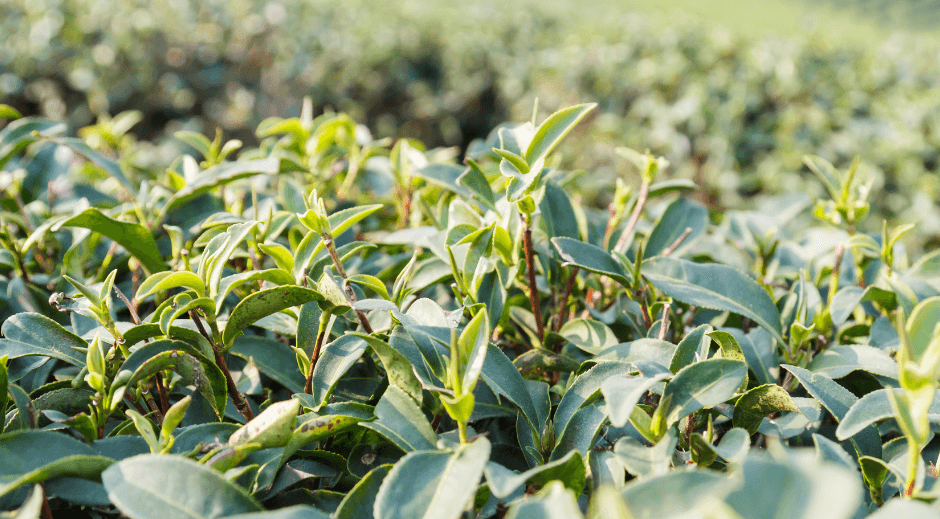
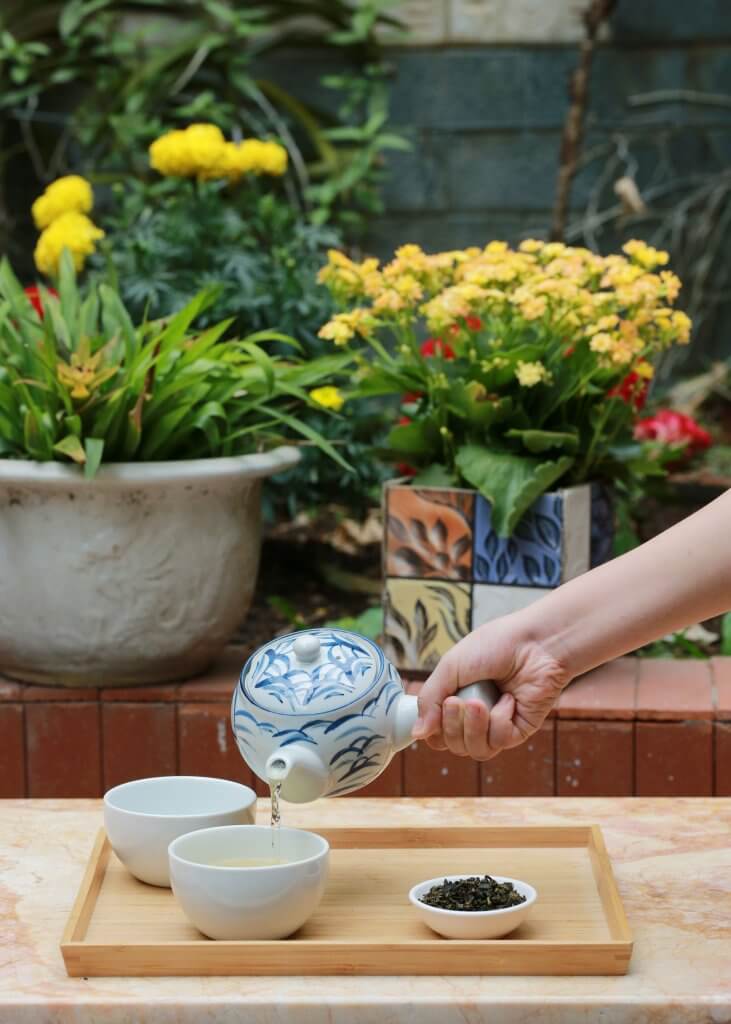
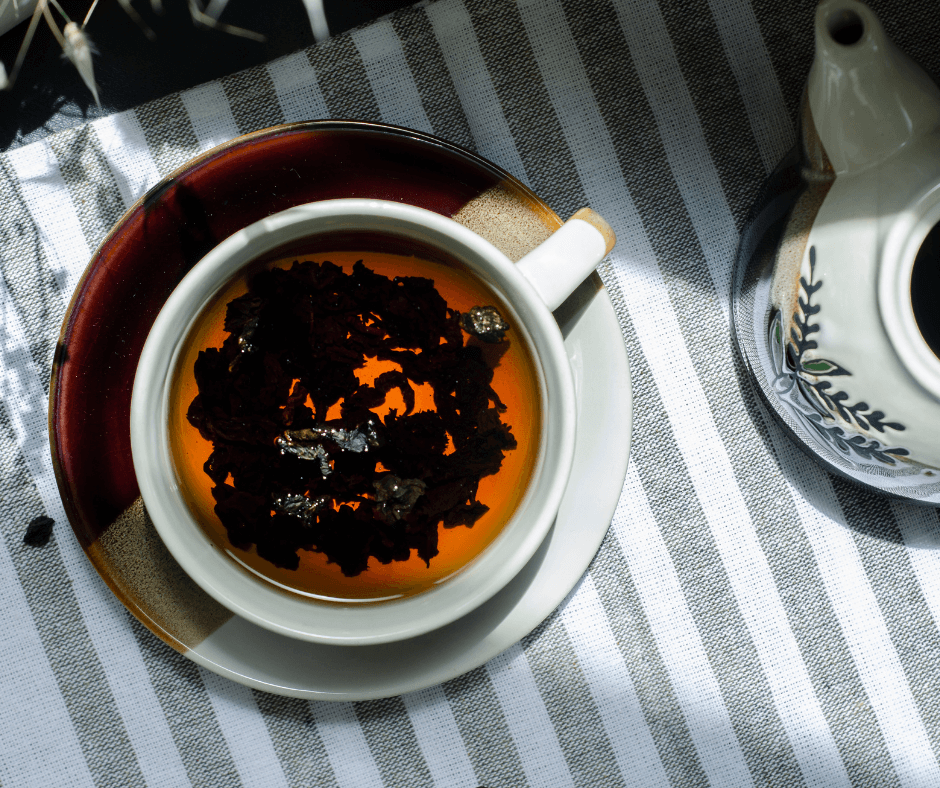
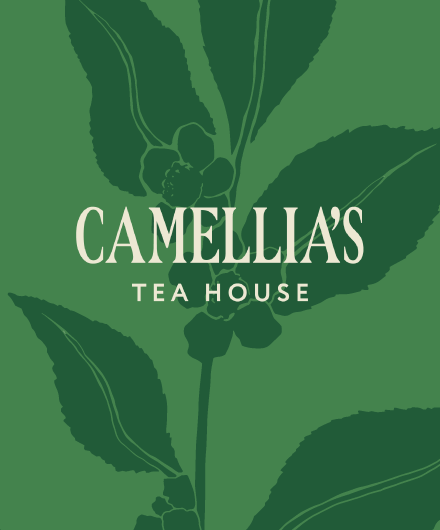
COMMENTS